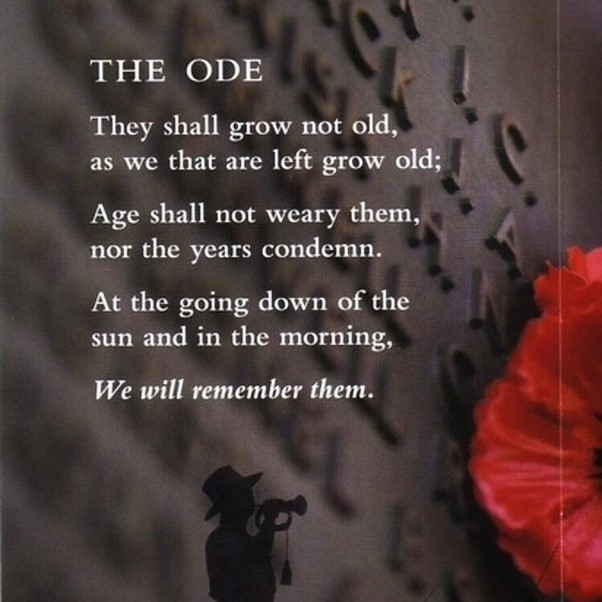Humanities
We are coming to the end of a very busy period for students and teachers, especially our VCE students of Business Management, Global Politics, History Revolutions and Legal Studies. We wish them all well and are confident that they have been well prepared for these exams.
Our Years 9. 10 and 11 students are also in the preparation period for their examinations and we encourage them to put their best efforts into their studies over the next few weeks.
This Friday will mark our celebrations of Remembrance Day and so I would like to share some of the history of this day and reflect on lessons we still need to learn about the fragility of peace in times of great conflict.
Every year at 11.00am on 11 November—the eleventh hour of the eleventh day of the eleventh month—we pause to remember those who have served and those who have died in all wars and peacekeeping operations. In 2023, 11 November marks the 105th anniversary of the Armistice which ended the First World War (1914 to 18). Each year on this day Australians observe one minute’s silence at 11.00am, in memory of those who died or suffered in all wars and armed conflicts.
At 5.00am on 11 November, 1918 in a railway carriage in France, representatives of France, Britain and Germany all signed a document that would put an end to four years of conflict. Six hours later – at 11.00am – those signatures would bring into effect the Armistice that ended WWI.

Alongside the excitement, there was also a notable sense of loss and grief. More than 60,000 Australian soldiers had made the ultimate sacrifice, more than 150,000 had been wounded or taken prisoner and some 23,000 soldiers were missing. Very few Australian families did not have some link to the war effort.
It would take another six months of negotiations before the Treaty of Versailles was signed in June 1919 and for exhausted troops to return home to their loved ones. For many, despite returning home, they never truly left the horror of the battlefields behind.
A Moment of Silence Sparks Tradition
On the first anniversary of the Armistice (11 November was known as Armistice Day until after WWII), King George V asked all the people of the British Empire to observe two minutes’ silence at 11am.
It’s a tradition still honoured today during Remembrance Day services as we remember all who have served in the Australian Defence Force, in WWI and in all wars, conflicts, and peacekeeping operations since.

The Remembrance Day minute of silence was formalised in Australia in 1997 by Governor-General Sir William Deane, who issued a proclamation declaring 11 November to be Remembrance Day and urging all Australians to observe one minute of silence at 11am on 11 November each year.

Carolyn Callaghan
Learning Leader: Humanities


